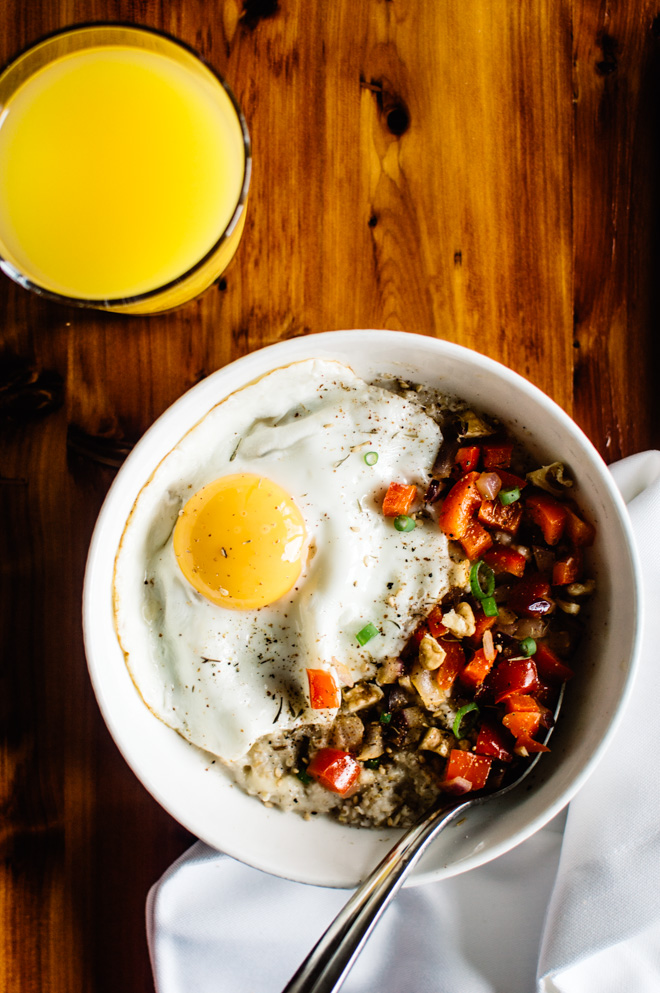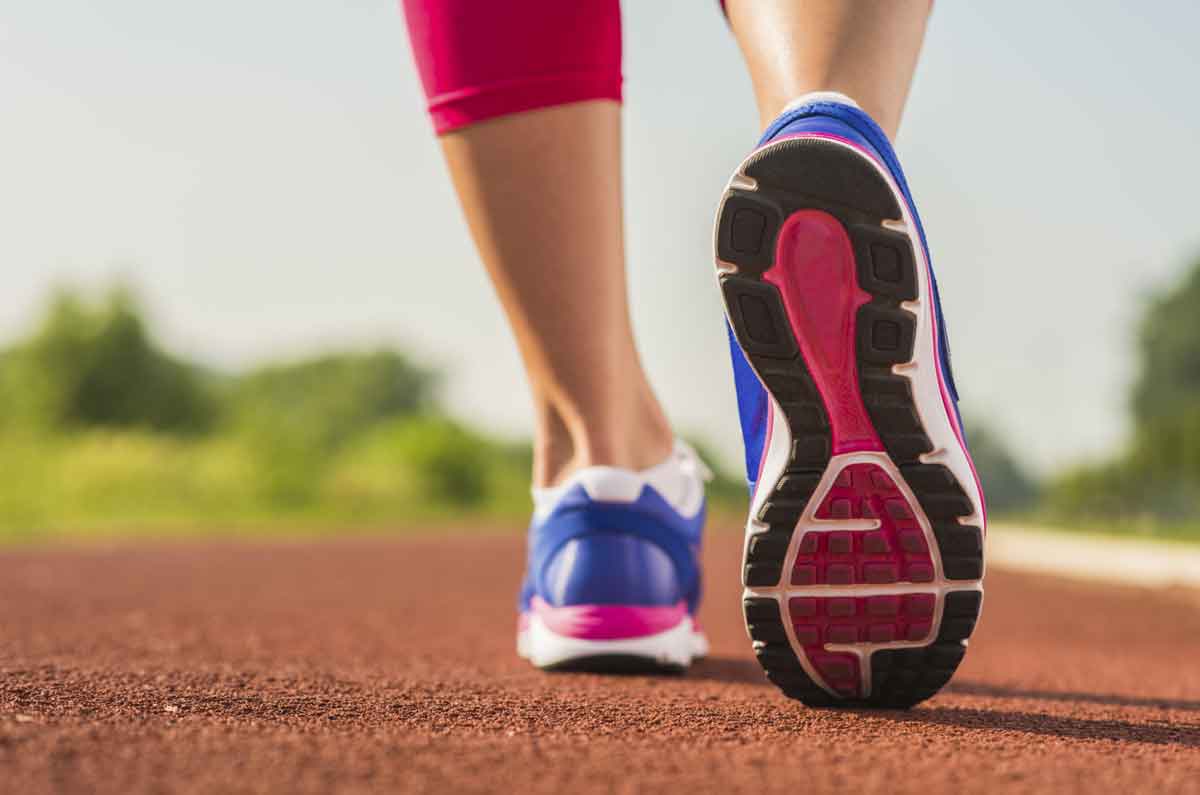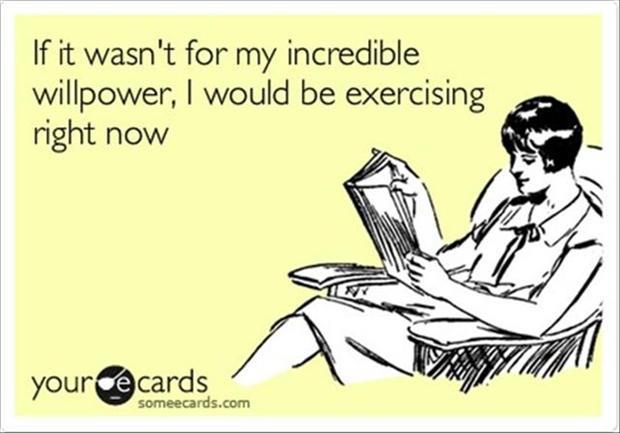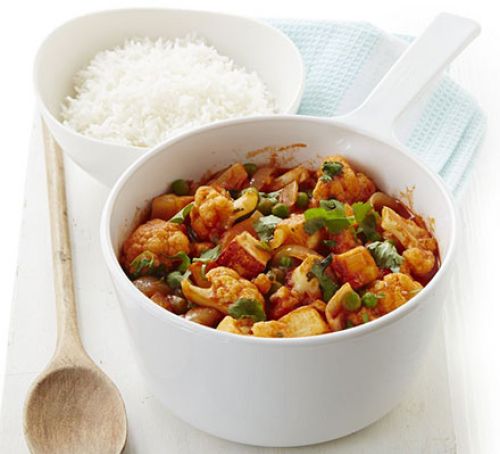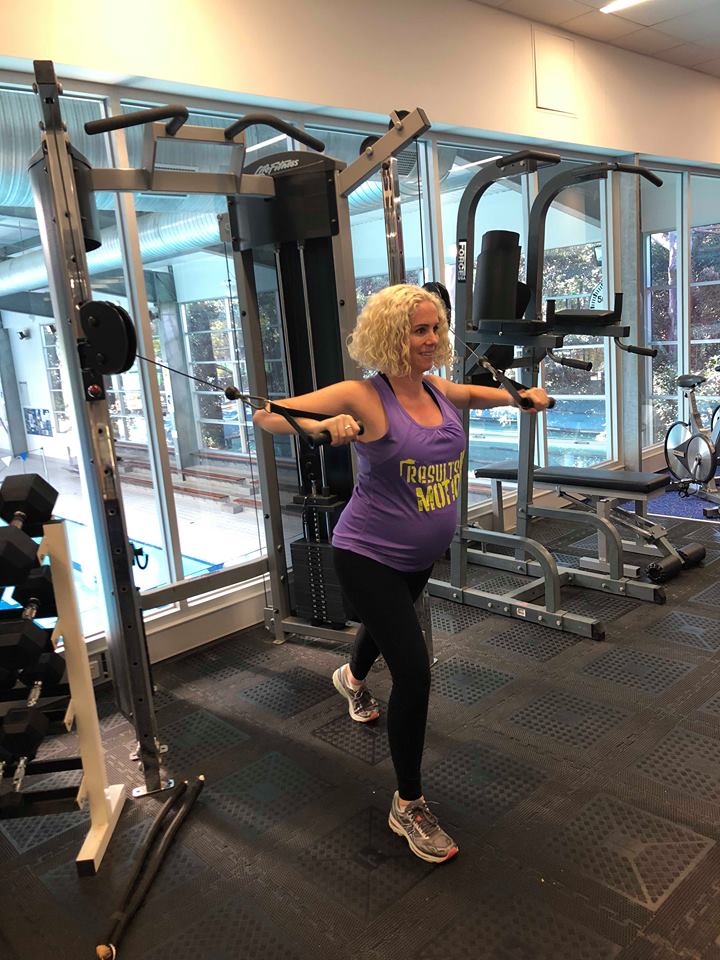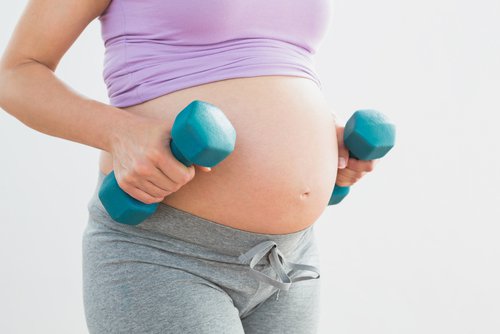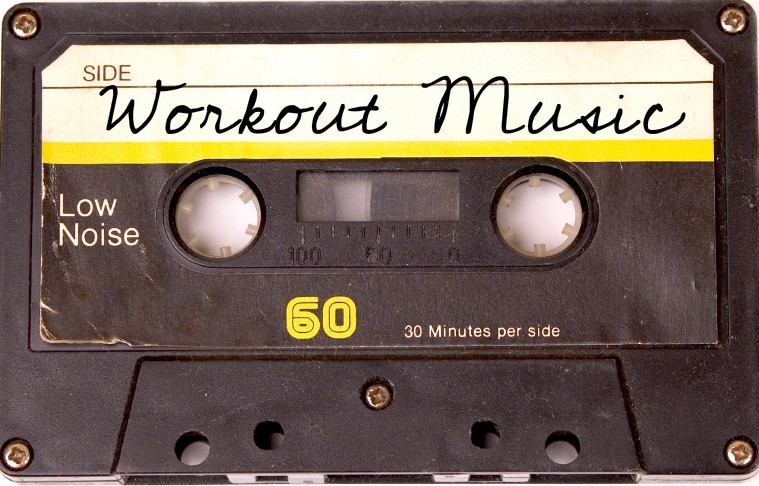INGREDIENTS
- 1/2 cup coconut water
- 1 banana
- 1 large cucumber, sliced
- 1 inch piece of fresh ginger, peeled and sliced
- handful of ice
METHOD
- Place all ingredients in a blender and blend until super smooth. Enjoy!
- Hardcore Version: Add 1 tablespoon apple cider vinegar to the mix.
Cucumbers: Are loaded with water, which helps fight bloating.
Banana: Bananas are high in potassium. Potassium helps regulate sodium levels, which prevents water retention. Too much sodium is a big cause of bloating, so that’s why bananas (and other foods high in potassium) help with bloating.
Coconut Water: Like bananas, coconut water is high in potassium.
Ginger: Ginger is a natural anti-inflammatory food as well as a digestive aid. It soothes the digestive system and relaxes the muscles of the digestive tract, which keeps you from getting bloated.
Apple Cider Vinegar: this one is optional in the smoothie recipe because the smoothie tastes better without it. Apple cider vinegar, however, is great for reducing gas and bloating. So if you are super serious about reducing your bloat, add this to your smoothie.


